New York Personal Injury Laws
Exploring the intricacies of New York's personal injury laws reveals a multifaceted legal framework designed to address and compensate for injuries sustained due to others' negligence. With unique provisions such as the No-Fault Car Insurance system and the Pure Comparative Negligence rule, understanding the nuances of these regulations is essential for anyone seeking justice or maneuvering the aftermath of an injury. As the landscape of these laws continues to evolve, staying informed about the latest legal developments is vital. The implications of these laws extend far beyond the immediate financial compensations, affecting the very fabric of legal accountability and personal rights within the state.
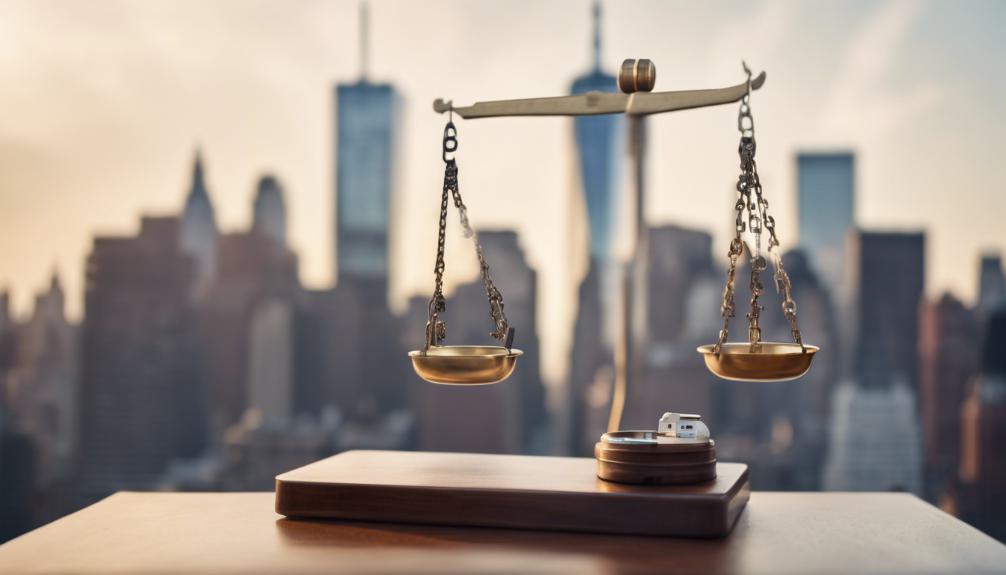
Key Takeaways
- New York has a 3-year statute of limitations for most personal injury lawsuits, with specific exceptions like medical malpractice.
- The state follows a Pure Comparative Negligence system, allowing partial compensation even if the victim is partly at fault.
- There's no legal cap on non-economic damages in New York, offering potential for significant compensation for pain and suffering.
- Legal resources such as NYSBA and NYSTLA provide extensive support, including attorney referrals and educational programs on personal injury law.
Understanding Personal Injury Laws
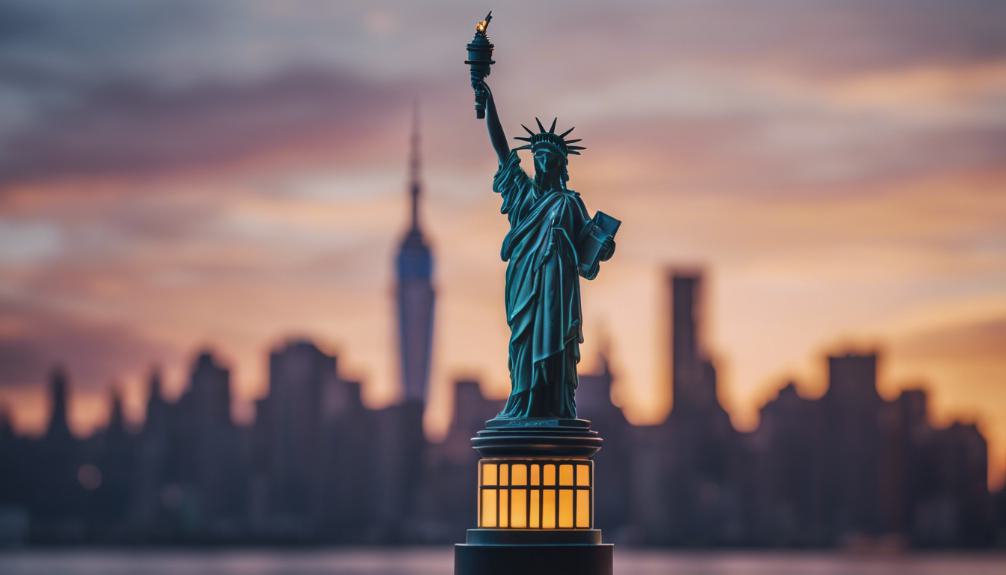
New York's personal injury laws, characterized by their complexity, govern the legal procedures and compensation mechanisms for those who have suffered injuries due to the negligence or wrongful actions of others. These laws are designed to provide a framework for civil actions, enabling injured parties to seek redress and compensation for their suffering. In New York, more than 155,000 individuals annually endure severe injuries requiring hospitalization, a figure that has been on the rise since 2001. This increasing trend in unintentional injury hospitalization rates underscores the critical role that personal injury laws play in the state's legal landscape, offering a crucial recourse for victims seeking justice and financial recovery for the harms they have endured.
Insurance and Compensation Overview

Insurance and compensation mechanisms in New York are designed to protect and indemnify individuals who have suffered personal injuries, ensuring they receive adequate financial support for their losses. The state adopts a No-Fault Car Insurance system, providing an immediate route for compensation to those injured in auto accidents, regardless of fault. This policy aims to cover medical expenses and lost earnings swiftly without the need for litigation. Additionally, New York's Serious Injury Threshold and Pure Comparative Negligence laws allow injured parties to pursue further compensation under specific circumstances. Victims can seek thorough and all-encompassing damages, including pain and suffering, with no legal cap on the latter, providing a holistic framework for financial recovery after sustaining injuries.
Legal Aspects and Statutes
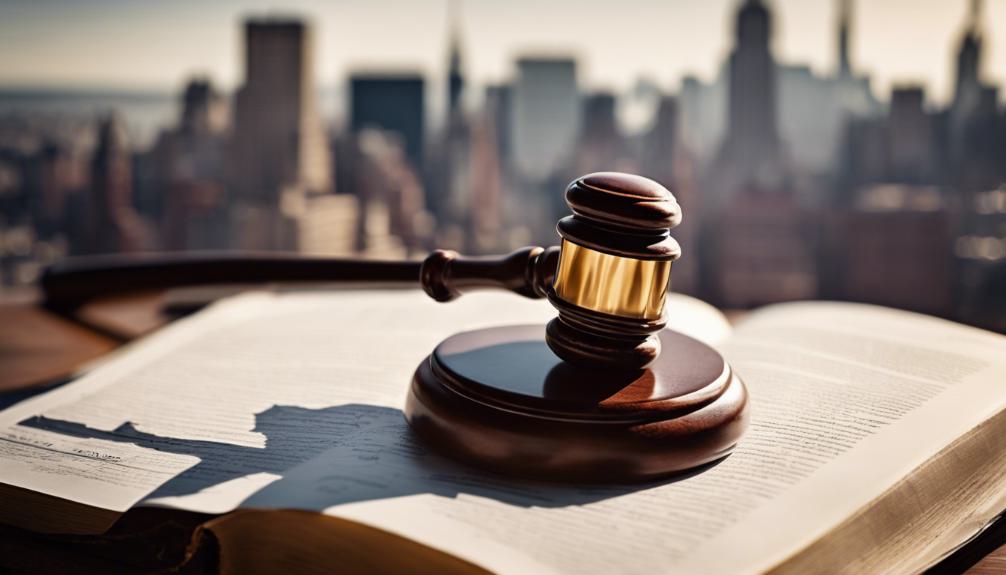
Understanding the legal framework that governs personal injury cases in New York is imperative for managing the complexities of seeking compensation. New York's legal statutes outline the essential procedures and requirements for filing civil actions related to personal injuries. These laws are designed to provide a clear path for individuals who have suffered due to another's negligence or wrongdoing. The New York State Bar Association (NYSBA) and the New York State Trial Lawyers Association (NYSTLA) play pivotal roles in this landscape. They offer invaluable resources, including legal advice, educational programs, and directories of experienced personal injury attorneys. These organizations are dedicated to protecting the rights of injured individuals, ensuring they have access to the necessary legal resources to navigate their claims effectively.
Navigating Statute Limitations
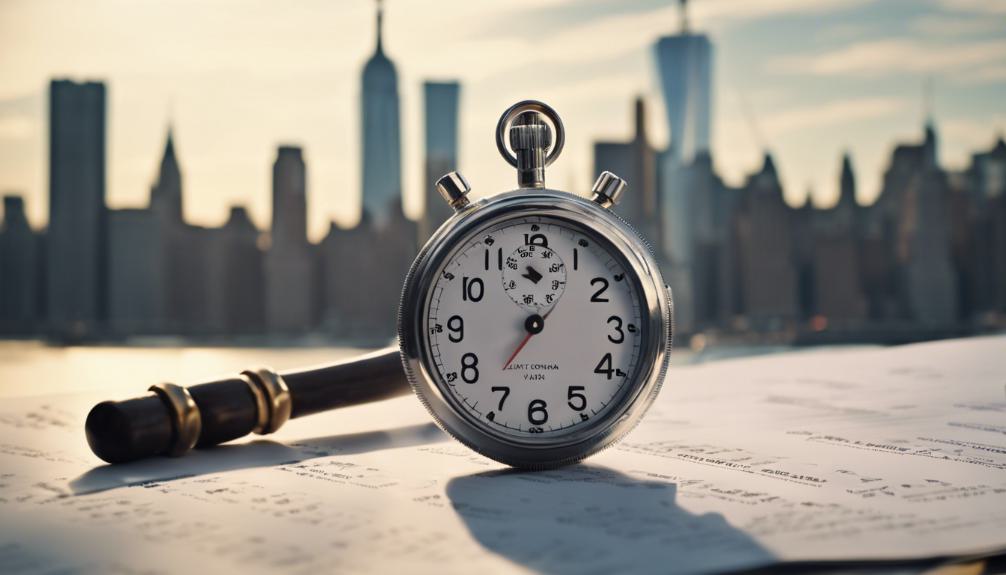
Traversing the statute of limitations in New York requires a precise understanding of the time frames and exceptions that apply to personal injury claims. New York law generally allows for a three-year period from the date of the injury for victims to file a lawsuit. However, this timeline can vary notably depending on the specifics of the case. For instance, medical malpractice claims must be filed within two years and six months. Additionally, the discovery of harm can also affect these limits, particularly in cases where injuries or their consequences are not immediately apparent. It's important for individuals to act promptly in consulting legal advice to make sure their rights are preserved within these legally defined periods. Failure to adhere to these deadlines usually results in the inability to seek compensation through the courts.
Accessing Legal Resources
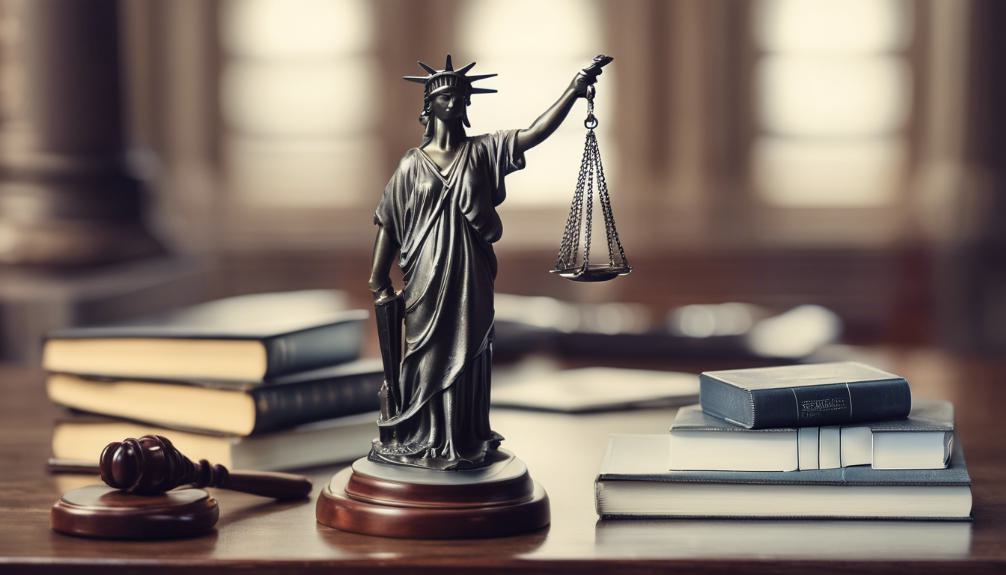
Having explored the statute of limitations for personal injury claims in New York, it is equally important for individuals to be aware of the available legal resources and assistance. Maneuvering the intricacies of personal injury law requires access to reliable and all-encompassing legal support. The New York State Bar Association (NYSBA) and the New York State Trial Lawyers Association (NYSTLA) are pivotal resources, offering attorney referrals, educational programs, and advocacy for the rights of the injured. Additionally, the New York City Comptroller and the Office of the Attorney General provide essential guidance on personal injury claims. These organizations make certain that individuals seeking justice have the necessary tools and information to effectively pursue their claims, emphasizing the significance of well-informed legal support in the recovery process.
Frequently Asked Questions
How Does New York's Climate Impact Personal Injury Claims, Particularly With Slip and Fall Accidents During Winter Months?
New York's climate, especially during winter months, greatly impacts personal injury claims by increasing the likelihood of slip and fall accidents due to icy conditions, necessitating thorough consideration in the evaluation of such cases.
In What Scenarios Can Psychological Trauma Alone Qualify for a Personal Injury Claim in New York, Without Physical Injury?
While some may believe psychological trauma alone lacks sufficient grounds for a personal injury claim, in New York, such cases can qualify if the trauma results from negligence, intentional harm, or a distressing event witnessed.
How Do New York Personal Injury Laws Address Injuries Resulting From Emerging Technologies, Such as Drone Accidents or Autonomous Vehicle Collisions?
Emerging technologies, including drone incidents and autonomous vehicle collisions, are addressed under New York's thorough personal injury laws, allowing victims to seek compensation for damages through civil actions based on negligence or product liability.
What Are the Specific Legal Considerations for Personal Injury Claims Involving Minors in New York?
In addressing personal injury claims involving minors, it's serendipitous that New York law provides specific protections. These include extended statutes of limitations and considerations for appointing guardians ad litem, ensuring minors' rights are meticulously safeguarded.
How Do New York Personal Injury Laws Accommodate Claims Related to Environmental Pollution or Toxic Exposure, and What Challenges Do These Cases Typically Face?
Claims related to environmental pollution or toxic exposure present unique challenges, including proving causation and maneuvering complex regulatory landscapes. Victims may seek compensation under specific legal frameworks, facing hurdles like establishing direct harm and liability.
Conclusion
In a state where the bustling streets can sometimes feel like a minefield of potential mishaps, New York's intricate personal injury laws serve as both a shield and a labyrinth. Ironically, while these laws are crafted to offer solace and financial reprieve to the injured, steering through their complexities without legal counsel can feel like adding insult to injury. It underscores the paradox where the very mechanisms designed to protect individuals also require a guide to lead them through the legal maze for justice.

This post has been generated by AI and was not reviewed by editors. This is Not legal advice. Please consult with an attorney.




